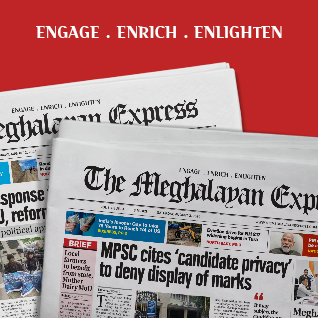
Guwahati, April 11: In a year marked by academic reform and a worrying drop in overall performance, Amishi Saikia, a student of Pragya Academy Senior Secondary School, Jorhat, has emerged as the topper of the HSLC 2025 examinations with a remarkable 98.5% (591 marks).
Her achievement stands out in stark contrast to the overall pass rate, which has plummeted to 63.98%, down from 75.7% in 2024.
Amishi, who shifted from the ICSE to the state board in Class IX, said the transition required adjustment, especially to the new concept-based exam pattern introduced by the newly formed Assam State School Education Board (ASSEB). Speaking to the press, she emphasized balanced preparation over blind ambition.
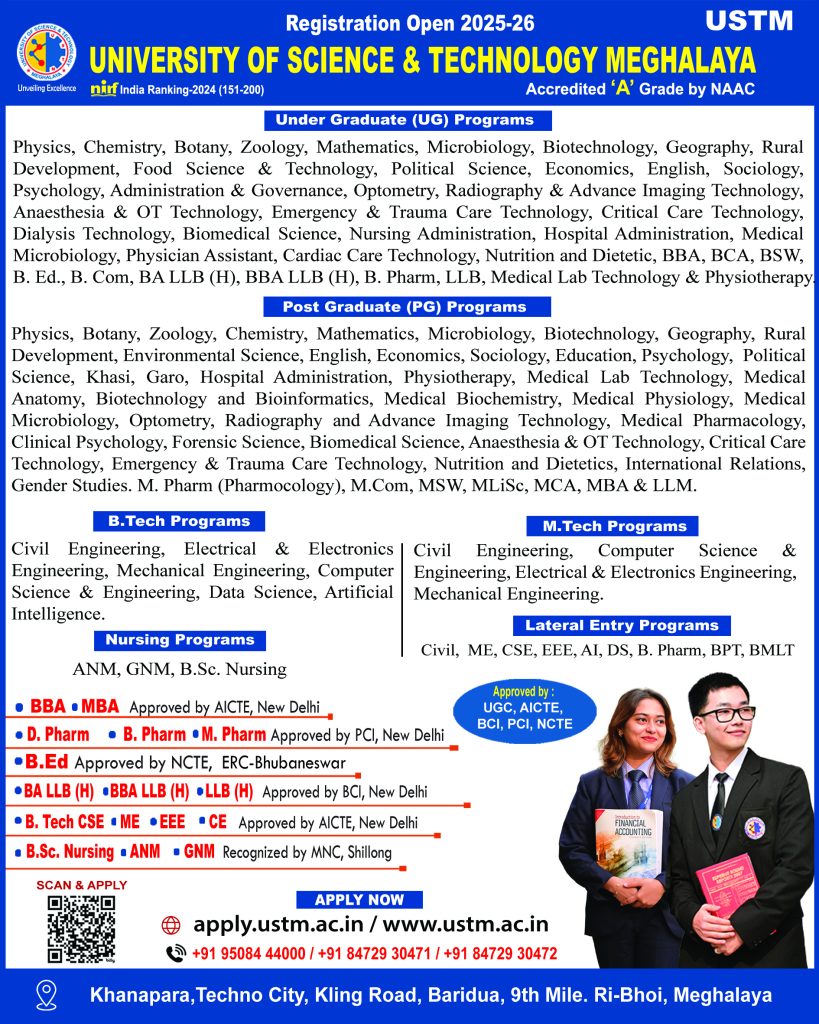
“Don’t stress about ranks. It’s just an exam—focus on understanding and daily goals,” she advised future candidates. Amishi credited her success to a calm routine: studying in the morning, maintaining adequate sleep, and focusing on understanding rather than memorizing.
“I didn’t over-study or rely on YouTube videos alone. I stuck to my books, solved test papers, and made sure I understood every concept properly,” she said. Amishi also balances academics with hobbies—she enjoys singing, dancing, and painting—and plans to pursue a career in astrophysics or software engineering.
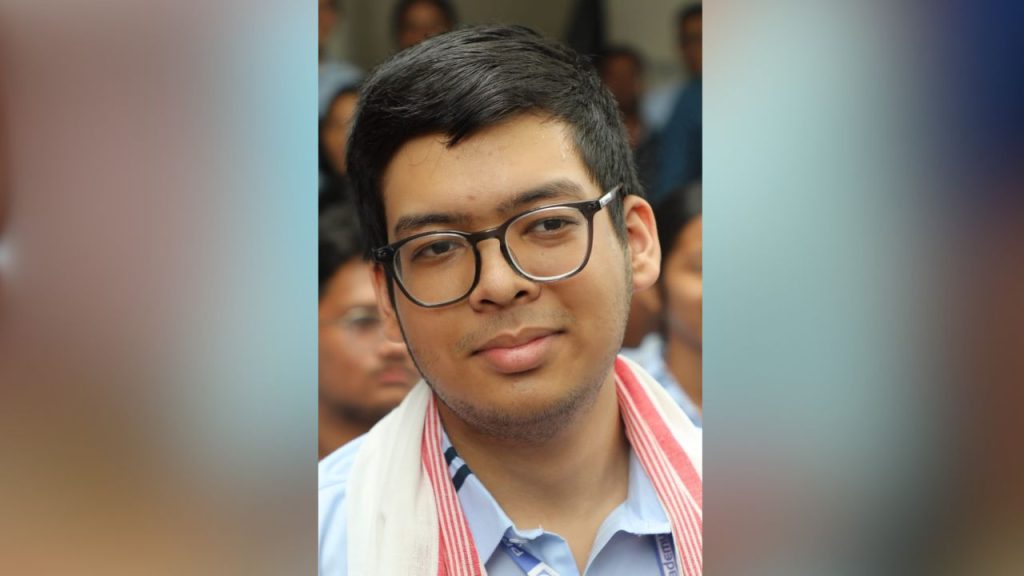
The second rank was secured by Saptarswa Bordoloi from Assam Jatiya Vidyalaya, Kamrup (M), with 98.33% (590 marks). “I followed a regular, balanced study plan and stuck to what my teachers told me,”he said. A karate enthusiast, he credits his discipline to martial arts.
Anirban Borgohain took third place with 98.17% (589 marks). A fan of sports and quizzing, Anirban wants to become a doctor, inspired by his father’s profession.
Despite the individual brilliance at the top, the overall performance in the 2025 HSLC exams, conducted by the Assam State School Education Board (ASSEB), saw a concerning fall.

The pass percentage stood at 63.98%, a sharp drop from 75.7% in 2024 and 72.6% in 2023. Out of 4,22,737 students who appeared for the exam, only 2,70,471 passed. 89,041 students secured first division, 1,35,568 students second division and 2,70,862 students got third division.
1,68,312 students got letter marks while 5,336 students secured distinction marks and 16,517 students secured star marks. Boys performed notably better with a pass percentage of 67.59%, while girls trailed at 61.09%.
Sivasagar led the chart with 85.55% pass rate. Dibrugarh followed with 81.10%, and Dhemaji stood third with 80.64%. Jorhat, the home district of topper Amishi, ranked fourth with 79.61%. Nalbari completed the top five at 78.40%.
The Barak Valley region reported some of the poorest results. Cachar reported 51.58%, Hailakandi 58.38% and Sribhumi reported a concerning low of 47.96%. In the Bodoland Territorial Region (BTR), Chirang recorded 74.44% pass per centage, Baksa 69.64%, Udalguri: 60.10% and Kokrajhar reported 61.12% pass per centage.
Among the hill districts, Karbi Anglong recorded 66.80%, West Karbi Anglong: 61.13% and Dima Hasao reported a strong showing at 76.64%. This year’s results have sparked concern among educators and policymakers, who now face mounting pressure to analyze the causes behind the decline and ensure stronger academic support and infrastructure in underperforming regions.
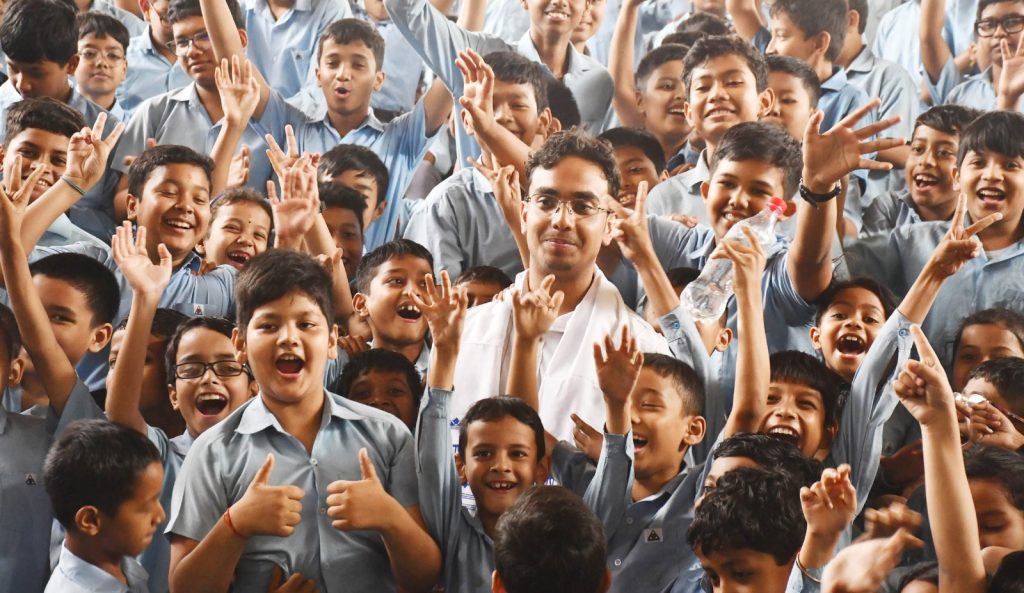
Reacting to the results, chief Ministr Himanta Biswa Sarma said the 2025 HSLC results have set new standards in governance, academic reform, and social inclusion.
In a post on X, Sarma said the 2025 HSLC exam was conducted from February 15 to March 3, and results were announced within just 37 days — a remarkable shift from delays and opacity that often marred previous years under SEBA.”
“This streamlined, punctual system showcases greater administrative accountability and sets a new benchmark for exam governance in the state,” he said. “For the first time, the exam was based on a concept-based evaluation model, abandoning rote memorization in favour of analytical and knowledge-driven questions,” Sarma said.
“Despite the challenges of transitioning to this new format, Assam’s students adapted admirably, with an overall pass percentage of 63.98%.The outcome reflects a promising level of resilience among both students and educators navigating this academic shift,” he also said.
“The results also tell a powerful story of social progress. Students from historically underrepresented communities outperformed expectations, with several groups even surpassing the general category pass rate,” the Chief Minister said.
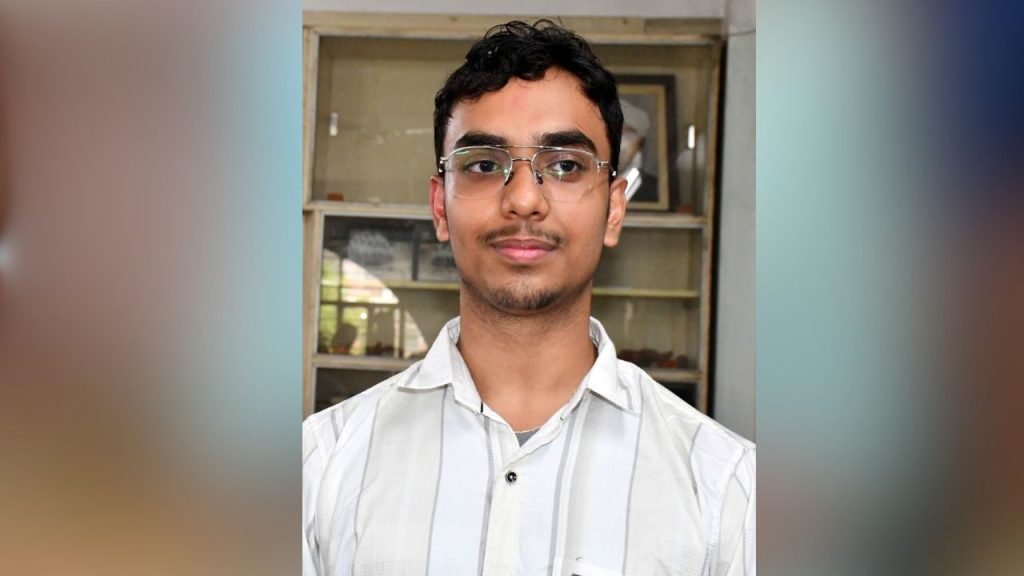
The pass percentage of ST (Plains) is 71.32%, ST (Hills) 65.86% and General Category 63.45%. “The surge in performance among ST students speaks volumes about improved access, support, and academic empowerment in regions that have long faced educational hurdles,” Sarma said.
OBC and MOBC students also posted impressive figures with OBC showing 69.64% and MOBC showing 70.78% pass percentage. “Perhaps the most symbolic milestone came from Tea Tribe students, who, for the first time, crossed the 50% pass mark, clocking in at 51.89%.
This community has long struggled with educational deprivation, and the results signal rising aspirations and the impact of targeted state interventions in tea garden areas,” Sarma also said.
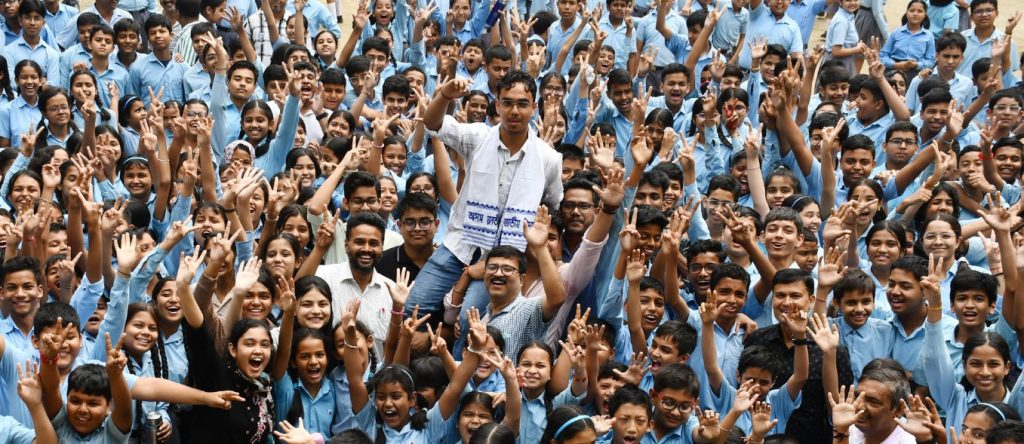
“These results reflect a tight cluster of academic excellence, indicating a rising trend of high performance and strong school-level support. The HSLC 2025 exam wasn’t just about marks—it was about momentum. In its first outing, ASSEB has delivered efficiency, fairness, reform, and equity,” he said.
“The success of ST, OBC, MOBC, and Tea Tribe students is proof that educational inclusion is no longer a slogan—it’s a policy in action. The transition to concept-based assessment shows Assam is serious about aligning its education system with modern, competency-driven learning standards,” he added.



